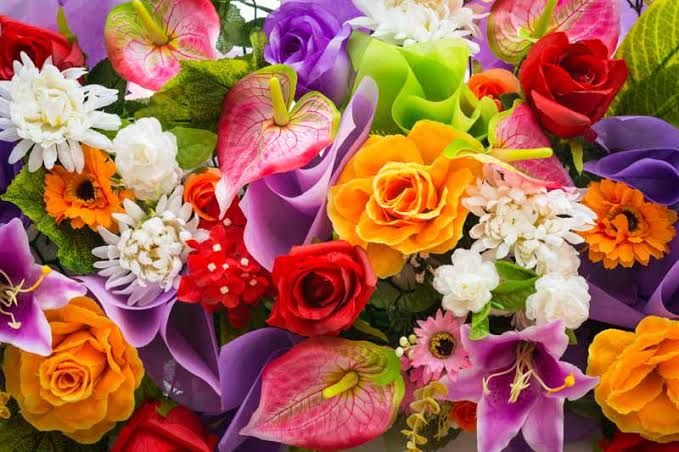Flowers have been assigned symbolic meanings in various cultures and traditions. Although some of these meanings are no longer commonly understood, they are still alluded to in older pictures, songs, and writings. The language of flowers became popular during the Victorian era when outward shows of affection were frowned upon but lovers still wanted to express how they felt. Here are some of the most common flowers and their meanings:
Rose:
A red rose is used to openly express feelings of love, while a red tulip is a confession of love. Pink roses symbolize gratitude and appreciation, while yellow roses signify friendship.
Lily:
In the Roman era, the lily often represented love, while in the Middle Ages, it became a religious symbol representing purity. Today, they’re often used in funerals.
Daisy:
Daisies symbolize youth, purity, innocence, and loyal love.
Poppy:
Historically, red poppies have meant pleasure, sleepiness, and oblivion. These days, they symbolize remembrance for military members who've been lost in action
Daffodil:
Daffodils represent unequalled love and send messages like, "You're the only one" and "The sun is always shining when I'm with you".
Tulip:
Tulips symbolize fame and perfect lovers and can be a declaration of true love.
Hyacinth:
Hyacinths symbolize sincerity, constancy, and playful joy.
Dahlia:
Dahlias symbolize beauty, commitment, and kindness. They're also tied to steadfastness and resilience due to their long growing season.
These are just a few examples of flower symbolism. The meaning of flowers can change over time and can also vary depending on the context and culture.
